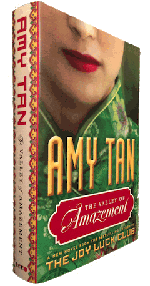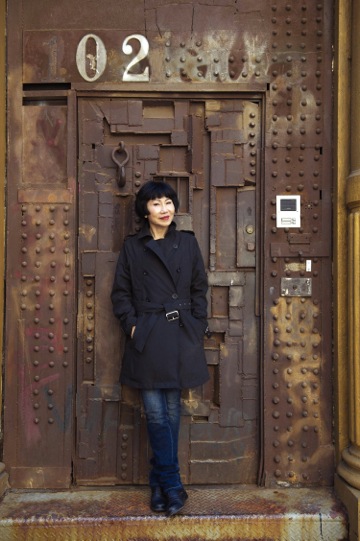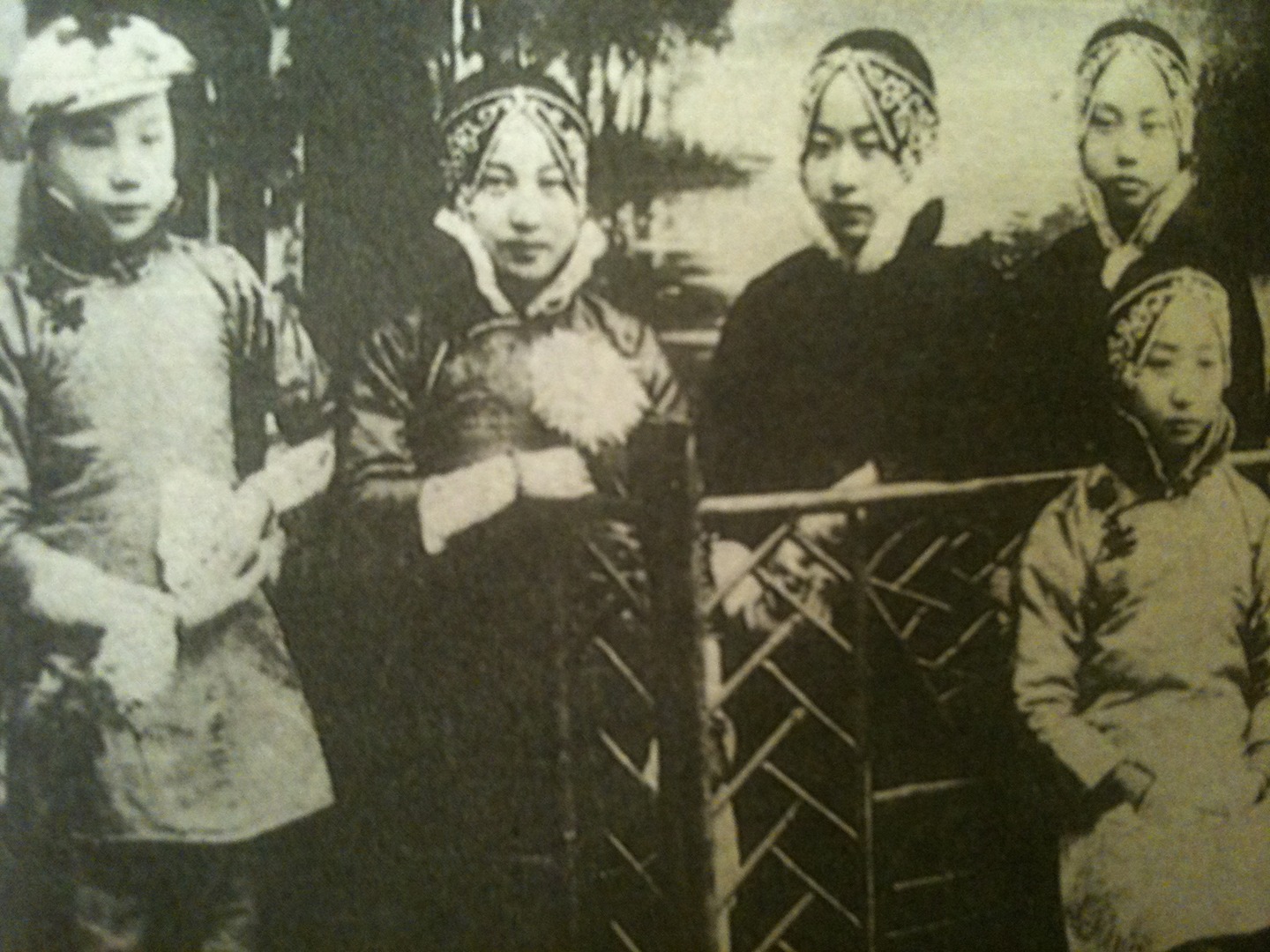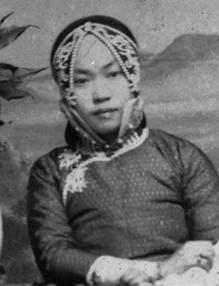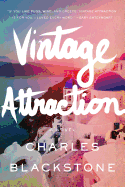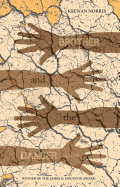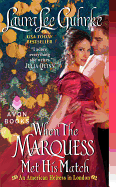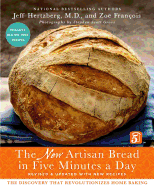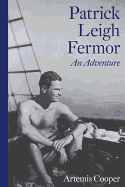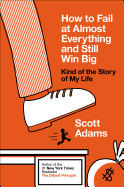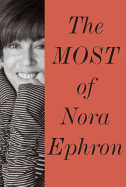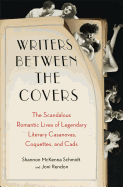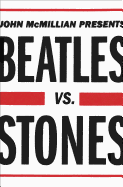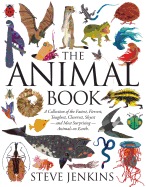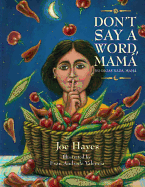_Kevin_Harkins.jpg) |
| photo: Kevin Harkins |
Andre Dubus III is touring the country for his newest book, Dirty Love (Norton), a collection of linked novellas whose characters fight with the darker side of love and the very possible realization of their deepest fears. A risk-assessment manager discovers his wife's infidelity after 25 years of marriage. An overweight young woman falls in and out of love, losing her innocence in the process. A bartender/failed poet betrays his pregnant wife. And in the title novella, a teenage girl named Devon flees the fallout from a dirty video of her posted online by living with her widowed great-uncle Francis, who suffers a silent battle against trauma and guilt himself.
I sat down with Dubus before his reading with Nicole Hardy (Confessions of a Latter-Day Virgin) at the Seattle Town Hall to talk about our hometowns, technology and loneliness, writing adolescent characters, Alice Munro and the virtues of the book tour.
Dirty Love takes place on the New England coast nearby your home in Newburyport, Mass. (and my hometown of Hampton Beach, N.H.). House of Sand and Fog was set in California, The Garden of Last Days in Florida. You got to write more of New England in Townie: A Memoir and now in Dirty Love. How have you found writing the land you call home?
Here is the weird thing that happened. Growing up in the early 1970s, Vietnam still limping to a finish, taking drugs and having sex, no father around and hair down to your waist, I knew there was a novel there, but I could not write it.
After 20 years of trying, I finally accepted that I seemed to do better as a fiction writer when I went far afield and didn't write directly about my life. So I wrote Townie as a memoir. By writing directly about the Merrimack Valley and the mill towns I know so well, it freaked me out to actually set my fiction there. It's a mystery, but I like writing about it because I know it so well.
You had to confront your feelings about New England and sort out how you felt about your past before you could approach it directly in your fiction?
Exactly. I think it was a blockage and I don't know why. Part of it was that I absolutely hated where I was from. When I went into my dream world I wanted to flee it. But I've grown into loving where I am from and now I can write about it.
Technology figures prominently in Dirty Love. You use it to juxtapose the physical landscape your characters are isolated in--the dark beaches and crashing sea, the smell of salt wind and garbage. You also use it to articulate this peculiar brand of alienation we have these days--Mark has television and the videotape his wife's infidelity is captured on; Dennis has video games and the movies Marla doesn't want to watch; and Devon has her headphones, smart phone and online chat rooms. What was it about technology that stuck with these characters?
I try not to insinuate my own beliefs into my fiction, but it may have seeped in a little bit with Dirty Love. I am just not a fan of the times we are in. Don't get me wrong, as a writer, I like Google. Research is easier. In the old days it was a lot more work. How can you not love that? And I know people shut in with ill health have a life because of the Internet. We have the Arab Spring in part because of Twitter and information is democratized across the world. There are a lot of positives and we aren't going back.
But, for instance, I think the smart phone is such an ominous invention. We are all just so addicted to these crack-gadgets and they are making us stupid and rude. I think they cast us in more of a trance than anything illuminating, edifying or good does. It is endlessly depressing watching grown adults walk down the street staring down at screens in their hands.
When it wasn't that way even five or 10 years ago.
It's just changing so fast. In Dirty Love the main characters are 18-year-old Devon and her 81-year-old great uncle Francis, who has missed the digital train and will die before becoming part of it. Devon is filmed doing a sex act with an ex-boyfriend and now is a porn star online and she is ashamed. She tries to reclaim her strength by going on Chat Roulette and blowing off men. It is weird and endlessly interesting. I enjoyed exploring those generational differences.
I find it so interesting how you placed Devon in her great-uncle's house. Francis has his generation's symptoms of alienation--PTSD, war trauma, alcoholism, guilt, retiring, living and dying alone, etc.
These parts of Francis's character are from a pre-Internet era where people were forced to deal with their problems a bit more directly--or not at all--and not sublimate them into technologies, which is what he sees his grand-niece doing in his own house. Devon is there, living right next to him, dealing with her alienation and shame through chat rooms and smart phones in an attempt to escape what happened to her.
It is not totally hopeless, right? She does meet a man online, which may be a possibility for her and could lead to something good. Although, it doesn't look like it's going to be easy for her....
I have an 18-year-old daughter who is nothing like Devon. In some ways she might be, in other ways she's not. One of the joys of being a dad is getting to see your kids with their friends. I've just watched so many young women navigate the world and I find it to be a tough time to be a girl or a young woman.
There is an increase in the objectification of women and I think it has to do, frankly, with the easy availability of porn. I think it's that simple. I don't have any moral problems with porn. But I am against the reality of a 14-year-old boy being able to push a button and watch a prostitute have sex with a donkey. It's not good for young men learning how to view the women in their lives. I think Devon is a victim of that. I wasn't trying to say that, but I was happy to let it emerge.
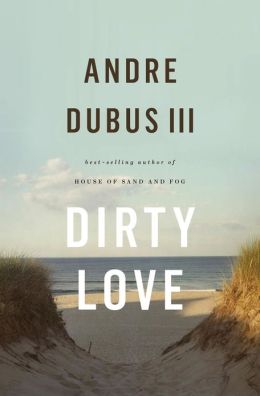 What was it like for you writing in Devon's adolescent voice? Any surprises?
What was it like for you writing in Devon's adolescent voice? Any surprises?
I'm married in my 50s with two boys and a girl. I felt fatherly toward Devon while writing. But, trying to be her... trying to let go of being the old guy writing her character.... I felt even more tenderness when I was writing from the point of view of Francis. I was so pleased to find a non-judgmental love for this child that existed in this old man. The last thing he would ever do would be objectify or sexualize his niece. He has his demons, his wife is dead and he doesn't totally miss her and feels guilty about it. You know, it's life.
You seem so comfortable writing the domestic universe. What do you find essential about it?
Well, in The Garden of Last Days I wrote from the point of view of a Saudi Arabian 9/11 hijacker. I've written from the point of view of an Iranian colonel, a cop, a bounty hunter. I started outside of the house. If anything, I actually feel like I'm writing about domestic life for the first time.
There is a wonderful line from Willa Cather, "A writer is at her best only when writing a character in range of her deepest sympathies." I love that. You have got to care about what you are writing. When I was younger my first stories were loaded with physical violence, because I knew a lot about violence, both as a victim and a perpetrator.
My preoccupations now are very much that of a middle-aged man. I'm worried about tuitions and my kids' health and their love lives. It's all about the kids and my wife and my elderly mother and mother-in-law. This is why the dream world is yielding more domestic stories, which is fine with me, because our domestic lives are rife with high-stakes drama.
Alice Munro won the Nobel Prize!
She's the real deal. Nobody deserved it more than her. I think I was more excited than when the Red Sox won the World Series.
In Too Much Happiness she said, "In your life there are a few places, or maybe only the one place, where something happened, and then there are all the other places." Do you find that relates back to writing the domestic life, where we spend so much time hoping and trying, not necessarily doing?
I love that quote, and she is a master of that. It is what's at the heart of character-driven fiction. Although, John Irving had a really interesting line about novels. He said, "Novels should be about all the high points and low points in life but nothing in between." But then he also writes these 19th-century Victorian, but very entertaining novels, which are different than what we're talking about.
How has your tour been so far and what do you enjoy most about reading on tour?
My favorite thing is the q&a, I love that dialogue you get to have. You can read the book at home, so I try not to read more than 18 minutes. There's a great Tolstoy line where he said, "Art is transferring feeling from one heart to another."Isn't that great? How do you make the reader feel something? You have to illuminate the small truths. You do get asked the same six questions, but so what? I'm not going to bitch about it. I haven't been asked that question by that nice lady or this nice man....
These are people who have never heard your answers to these questions before.
It is a continuation of the sacred relationship between reader and book. Not even reader and writer so much, but reader and book, that flows through the writer. It is a continuation of the act of composing a story.
So my favorite part is that conversation, after I said what I'm going to say at the podium, and then signing books and meeting people one-on-one and hearing about their lives. I get tired of hearing myself talk, but I don't get tired of other people. --Jarret Middleton, editor-in-chief, Dark Coast Press
Andre Dubus III: Sacred Relationship Between Reader and Book
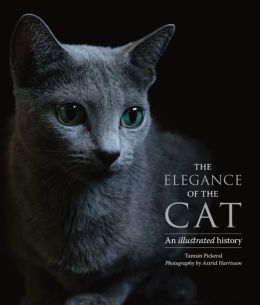




_Kevin_Harkins.jpg)
 What was it like for you writing in Devon's adolescent voice? Any surprises?
What was it like for you writing in Devon's adolescent voice? Any surprises?